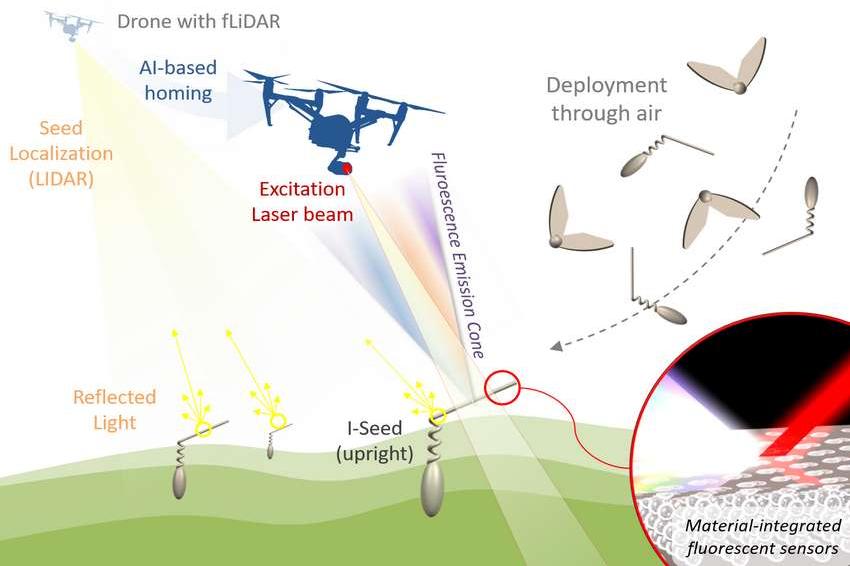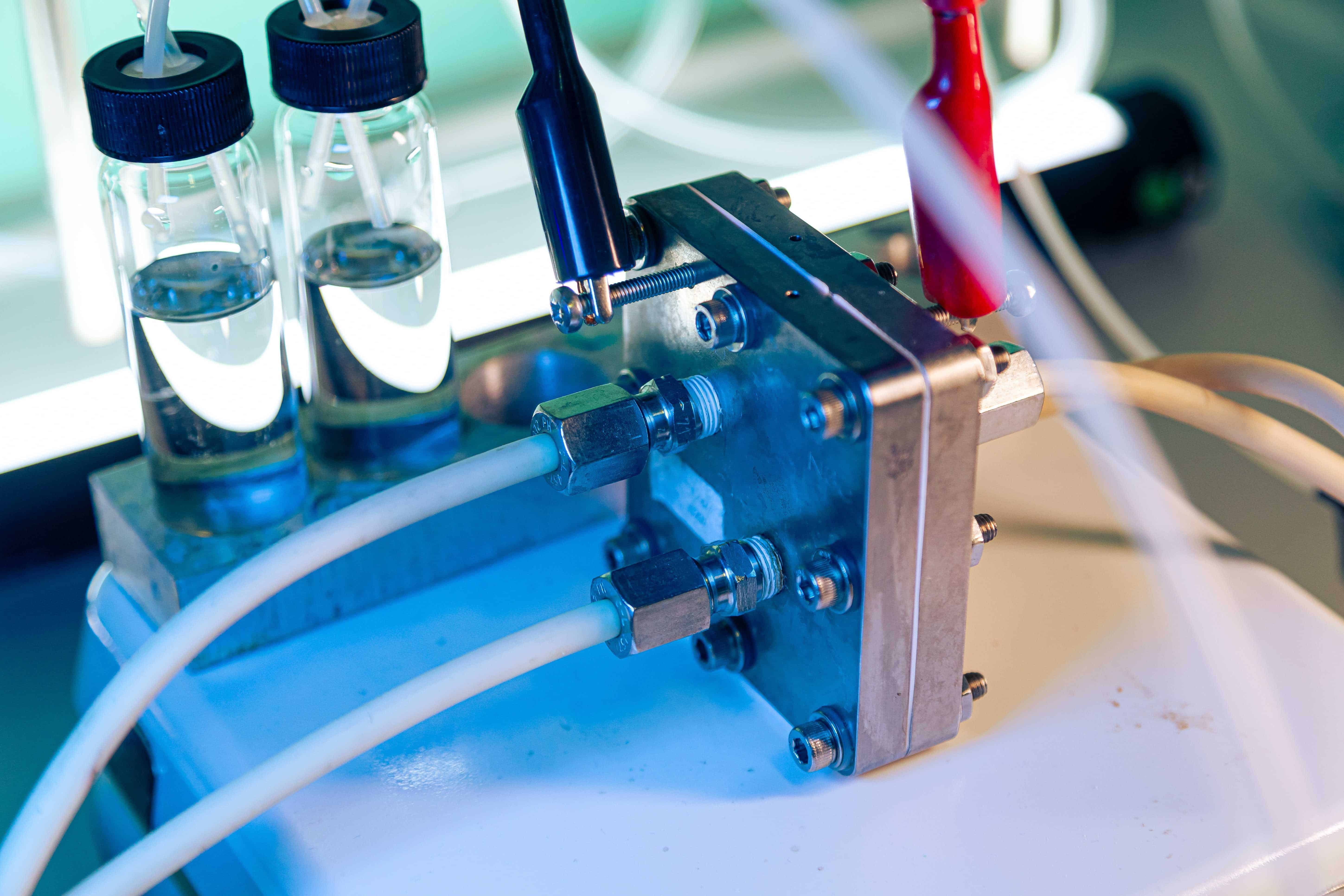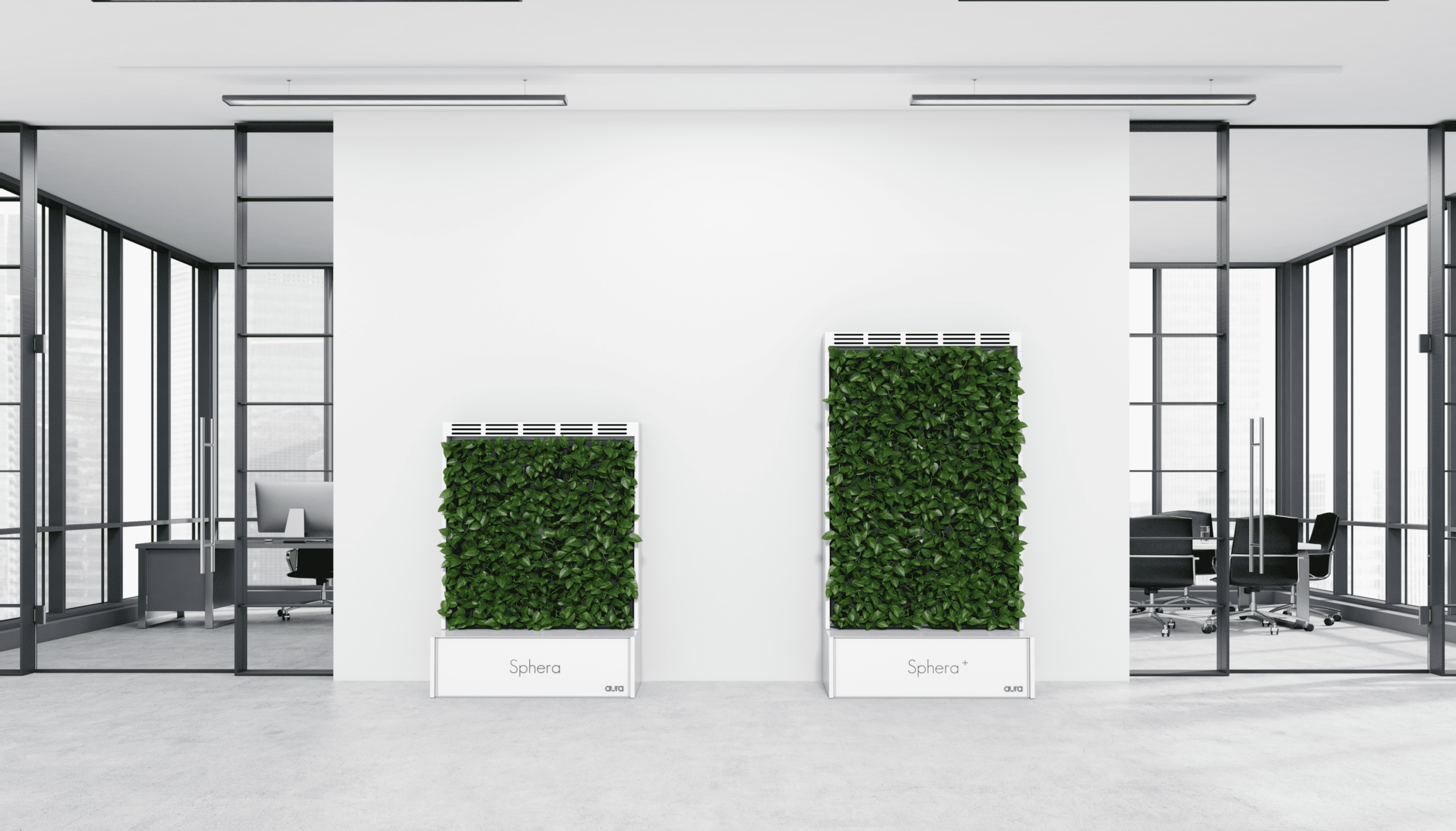
How do you tackle climate change and how can you stop it? Robots are now being designed to help achieve this and protect the environment by mimicking plant seeds and detecting pollutants in the soil, for example. Scientists at the INM – Leibniz Institute for New Materials in Saarbrücken, Germany, are working on this with four other European partners in the EU project “I-Seed.” The project is led by the renowned Istituto Italiano di Tecnologia (IIT) in Genoa, Italy.
I-Seed combines soft robotics, material science and artificial intelligence to develop robots that mimic the behavior of plant seeds. These smart seeds – called “I-Seed robots” – will monitor soil and climate parameters such as pollutants, moisture and CO2 levels, temperature and water quality.
In search of biodegradable materials
For plants to survive, it is “essential” to get their seeds into the soil in the best possible way, the researchers emphasize. Like Leonardo da Vinci with his “propeller,” they were inspired to develop the I-Seed project by special plant seeds that reach their destination by flying or drilling, such as the seeds of the maple or erodium. Therefore, the scientists are studying the morphology of the plant seeds and their dissemination mechanisms. They also need multifunctional materials for the robots that are biodegradable that do not pollute the environment.
“Understanding, monitoring, restoring and preserving the balance of natural ecosystems is necessary to maintain biodiversity,” explains Barbara Mazzolai, coordinator of the I-Seed project and associate director of robotics at IIT. “With a strong multidisciplinary team, I-Seed aims to create new and environmentally sustainable technologies based on the capabilities of plant seeds.” The main goal of the project, she said, is to develop two types of biodegradable soft robots with different characteristics: I-SEED ERO and I-SEED SAM.
I-SEED ERO and I-SEED SAM
Like a corkscrew, I-Seed ERO is designed to penetrate the soil by moving. I-Seed SAM, on the other hand, will fly and work on the soil surface. Both I-Seed robots will be deployed using drones and are designed to be tracked using specialized software. To facilitate this, ERO and SAM will also be fluorescent. Drones will thus be able to locate the seeds over greater distances using a lidar system for optical distance measurement. Plans also call for I-Seed robots to be deployed in geographic areas where there is currently no environmental monitoring.
The necessary fluorescent markers and sensor materials to be integrated into the I-Seed robots will be provided by the Institute for New Materials. Tailor-made particles and molecules that change their fluorescence properties depending on environmental conditions will come from INM’s Structure Formation program area led by Tobias Kraus.
I-Seed was launched in January 2021 and is funded with €4 million from the European Union’s FET Proactive program.
Cover photo: Drones monitor fluorescent I-Seed robots with laser technology. © Istituto Italiano di Tecnologia.
Also of interest:
New analysis method makes plant breeding fit for climate change
Amazon forest can be trained for resilience – but climate change and deforestation are a threat
Detecting environmental damage in forests with drones and sensors







